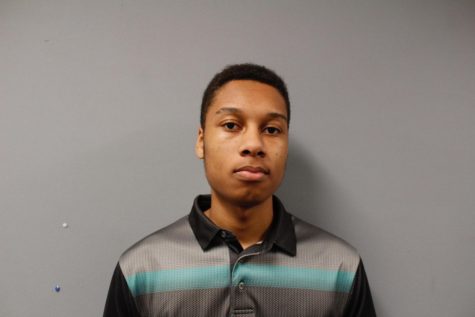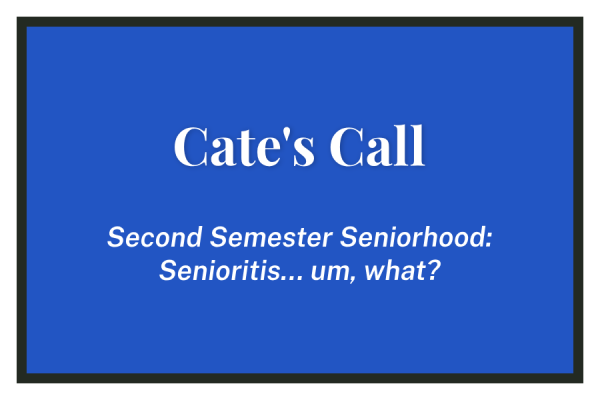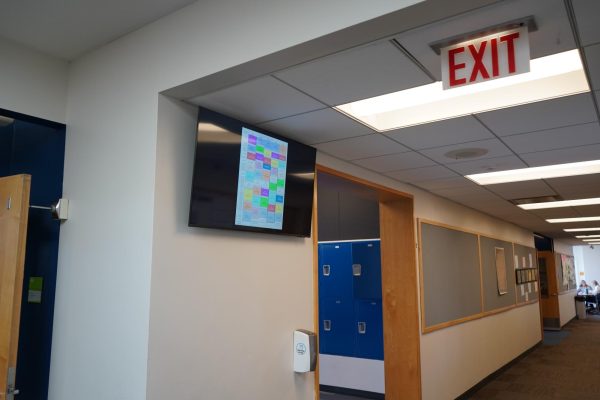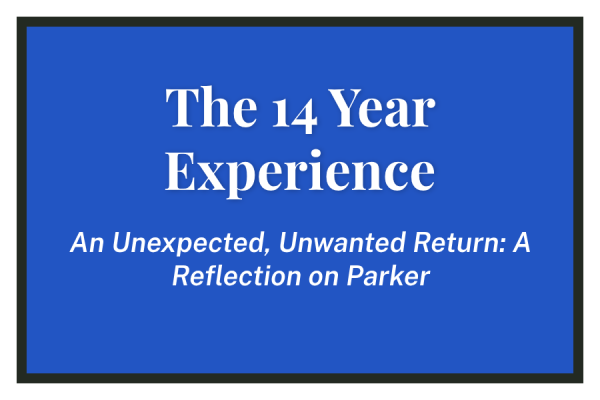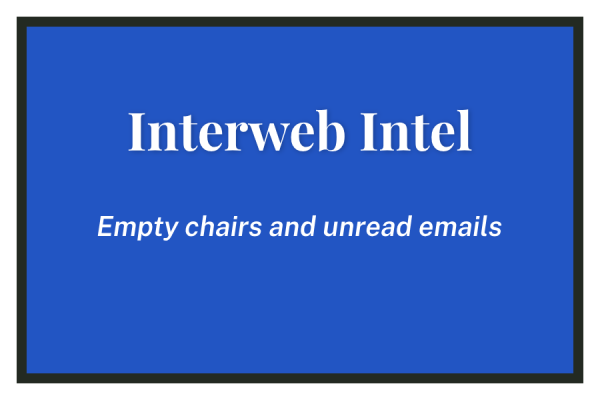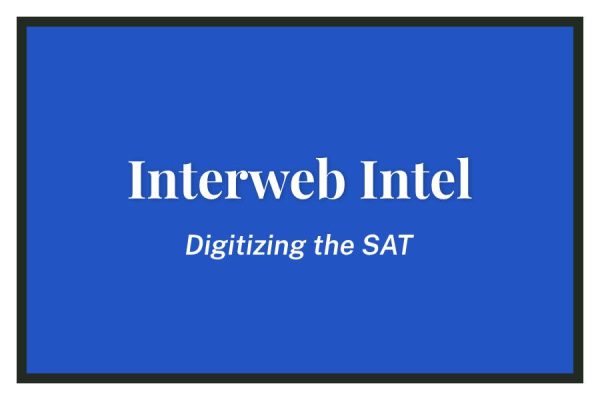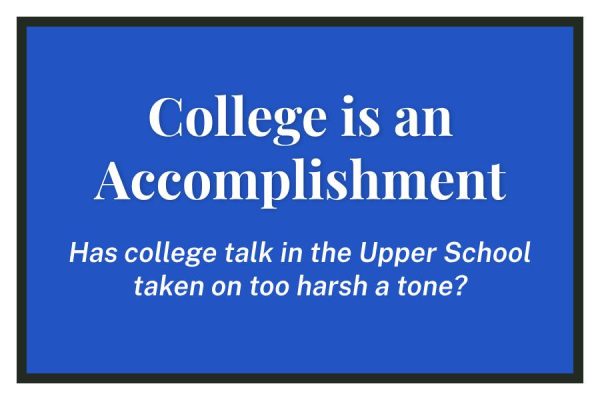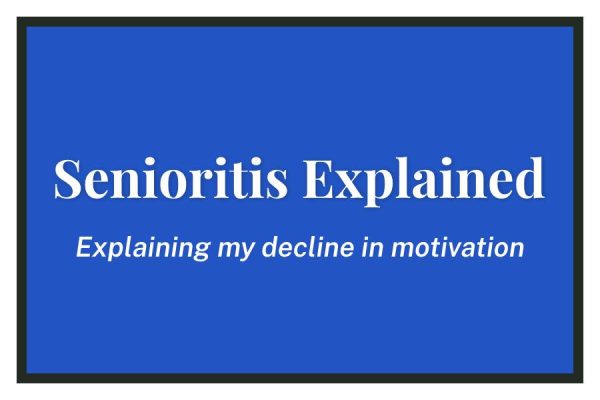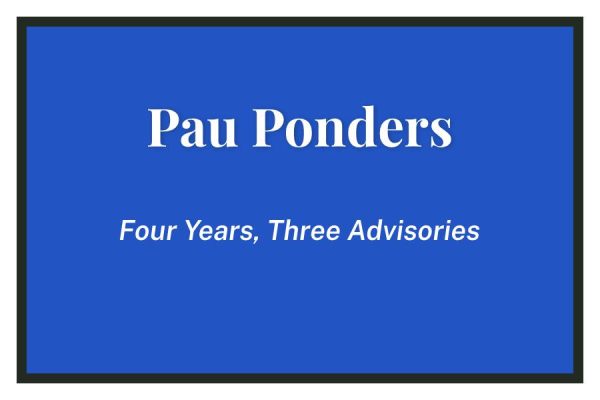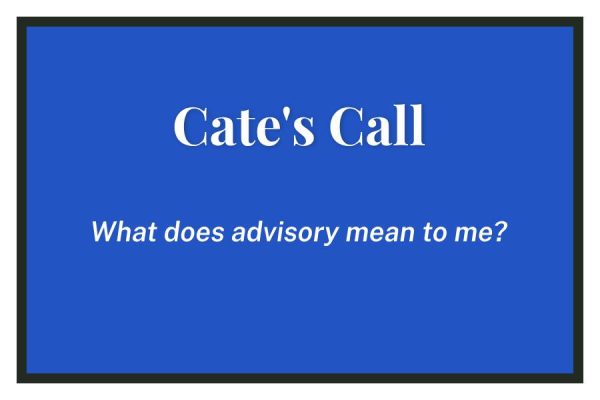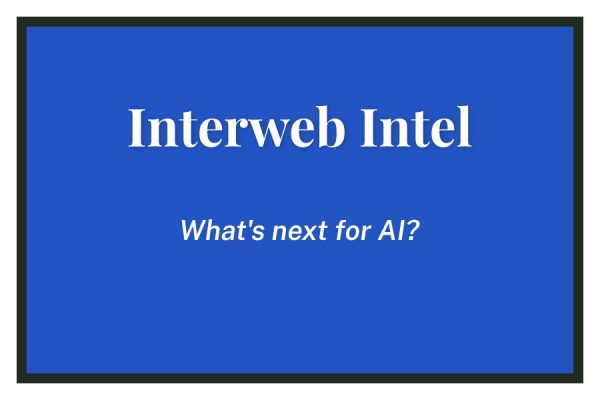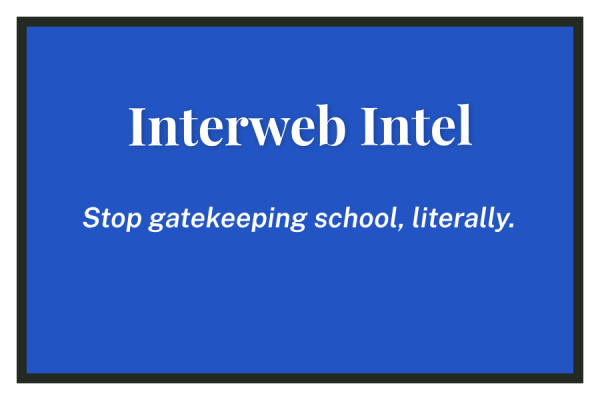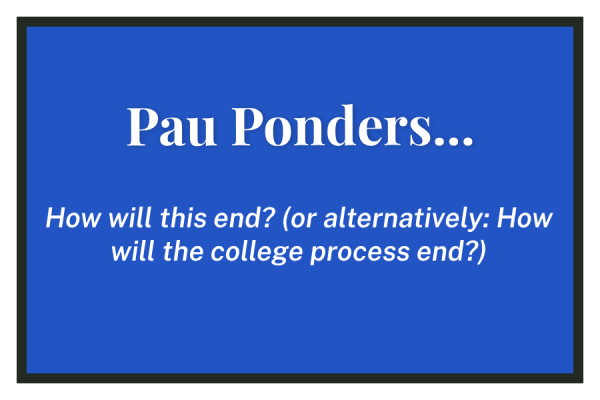Fireside Chats, Issue 7
Looking Forward
Now that the second semester has begun, it is an opportune time to reflect on what has gone well this year, what has not, and what we would like to happen by the end of the second semester. There are roughly five key milestones that I would like to see come to pass, but of course, I am amenable. Firstly, I would like to apply the Cabinet’s findings from our most recent town hall to the health curriculum. So far, tampon dispensers are already located in most of the common women’s bathrooms, but I see no reason to stop there. Currently, students are wondering whether the sex education curriculum is too heteronormative. Also, should Senior Seminar be focusing on sex-ed and mental health or talking more about “adult life” skills? Does information about sexual health reach people at the right times in their high school career?
Secondly, I hope that by the time election season comes around, we have electronic voting implemented. The traditional ballot system that we use now is less efficient and takes more time and person-hours. In a world where real-time is so important, the results from the elections in the past have not been instantaneous and it has proven to be notoriously tricky to keep voting metrics. With electronic voting, poll results will be instant and easy to track if necessary. Over history, the one thing that people have unfailingly admired is convenience. Unfortunately for us, the practicalities of electronic voting do not just come so quickly. Coercion, verifiability, and defense against malicious software all are valid concerns to have before voting electronically.
If all else fails, I think that there is a solution to combine the new with the old: optical scan voting systems. Optical scan voting systems combine paper with electronic devices. It might be a steep investment for the Student Government, but for anyone who is considering putting forward a participatory budgeting proposal, here’s an idea. All the systems keep a ballot paper which serves as a tangible record of the voter’s intent. By that, optical scan systems allow for manual recounts of ballots. The big advantage is that the counting process can be done in a central place and that the counting is much faster. The system is easily understandable: For the voter it doesn’t change much,as they can still mark their preference on a ballot paper. And if—for whatever reason—the scanning system fails to work, ballots can be counted manually.
On another note, I am hoping to get together with faculty more often and to begin having serious discussions about the future of the Civic Engagement program at this school. Already our preliminary meeting in January went well, bringing people together to talk about how we can re-envision it for the future. We are still in the process of figuring out the format of Civic Engagement, how frequent it will be, and whether or not it should be grade-specific or cross-grade. Where the faculty can really help at this point is their knowledge of the previous Civic Engagement program. Hopefully, when all’s said and done at the end of the school year, there might be a Civic Engagement Task Force ready to continue the discussions for the following school year. This is, after all, the beginning of an intentional process based on the interest of students that we hope to implement in one to two years.
Over the semester, I hope to expand on all of these topics, but keep in mind that this list is non-exhaustive. There are still aspects of the student experience that Cabinet has its eyes on, such as how online course registration will play out, the inception of the Senior Month Task Force, the art credit proposal, and of course any other ideas that the student body suggests.
